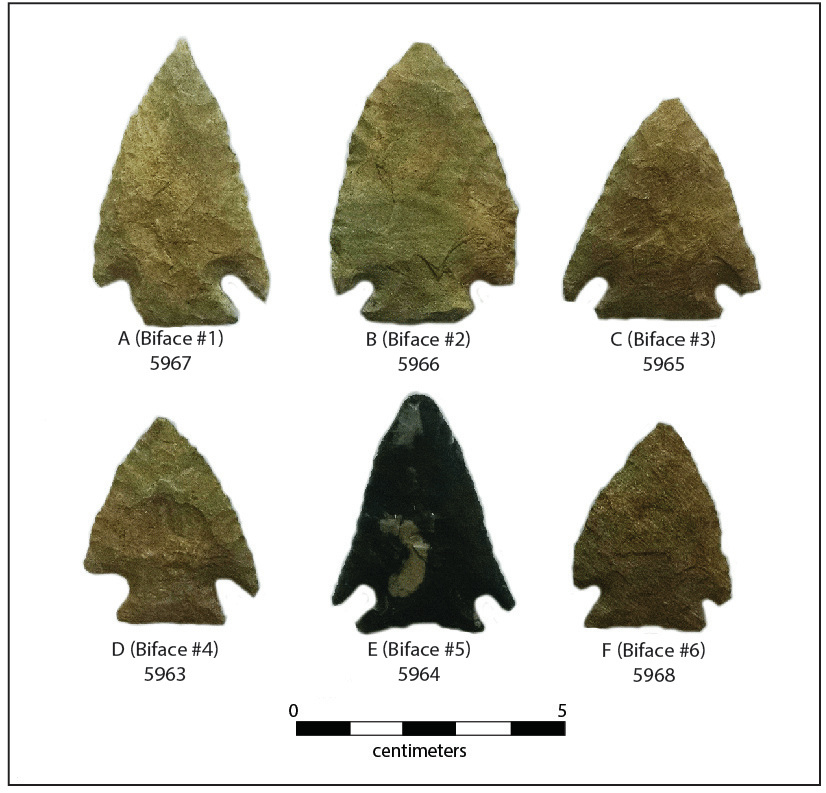Goodyear et al. described the Nipper Creek cache in a short 2004 paper in Current Research in the Pleistocene (see reference below). I took the opportunity to take a quick color photo of the points as I was scanning them so I could have a visual record cross-referencing the alphabetic designations used in the Goodyear et al. paper with the numeric designations on the bags and the unique ID numbers assigned to the points in my database.
Update (2/12/2016): 3D model of Biface 2 (5966) completed.
Update (2/15/2016): 3D model of Biface 5 (5964) completed.
Update (2/16/2016): 3D model of Biface 4 (5963) completed.
Update (2/18/2016): 3D model of Biface 1 (5967) completed.
Update (2/19/2016): 3D model of Biface 6 (5968) completed.



 RSS Feed
RSS Feed
